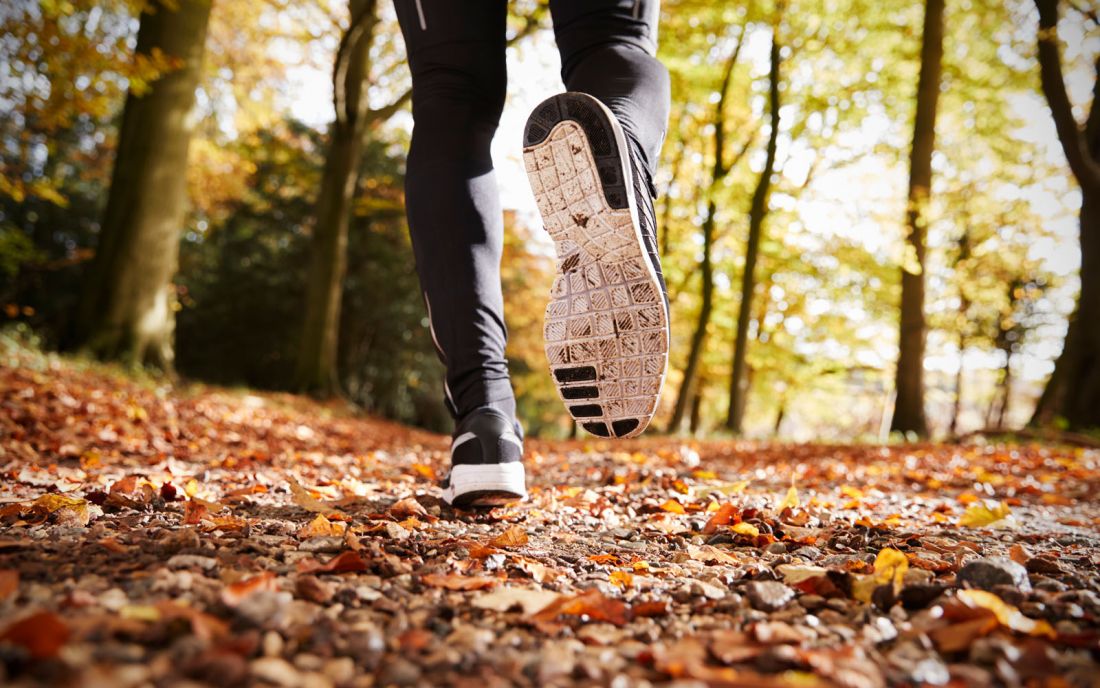
Why all runners should be doing yin yoga
Maintaining yoga poses for minutes at a time releases tension in the body and mind.
When most runners think of yoga, they tend to imagine an active practice: bend yourself into upward-facing dog, arch into downward-facing dog, and so on. These better-known types of yoga – including flow, power and hot varieties – build strength, balance and range of motion in a way running does not. The classes appeal to runners because you feel like you’re working out.
Yin yoga, on the other hand, involves holding gentle poses for up to 10 minutes. Remaining still for such a long time is hard – especially for runners – but relaxing into these poses promotes joint mobility and prevents degeneration. Plus, the inward focus developed through yin yoga can help you better tolerate discomfort and keep calm in the face of adversity – skills that will carry over into your running.
How can yin yoga help runners?
To find out more, Runners World spoke to Fi Clark, Head of Yoga at FLY LDN, after a very-relaxing yin class. Clark explains, “yin is a style of yoga that has multiple benefits, one of the main ones being that it helps to release tension and tight areas in the fascia (connective tissue) and helps to create deep openings and increase range of motion in to major muscles and joint areas. By practicing yin, notoriously tight areas for runners such as hamstrings, quads and hip flexors have the opportunity to slowly release as each posture (seated or supine) is held for up to five minutes.
“Not only does yin strengthen joints it also increases the range of motion which has a direct benefit on the quality of a runner’s technique. Having more flexibility in the hips, especially hip flexors, helps to limit cramping or muscle spasms in the thighs when running. Practicing yin also helps decrease degeneration and when specifically opening into the hips this takes postential load and overuse of the spine that occurs when hips are tight.”
Can I do yin yoga if I’m injured?
“Depending on the extent of and area of injury, practicing yin can aid recovery from overstretched muscles, sore backs and overused (and therefore shortened) quads and hamstrings. The beauty of YIN is that it is a very slow practice as opposed to more dynamic styles so there is plenty of time to utilise props and find a posture that is sustainable for longs holds without the risk of accidentally putting too much weight or pressure on an injured area in a moment of haste” Clark explains.
When marathon training, how can yin yoga be more beneficial than say, a faster vinyasa?
“More dynamic yoga is a great way to build strength and agility, however for runners they are already improving their strength and fitness levels by running and so having a complimentary yin practice not only gives the body a chance to slow down and attain deep flexibility, it also has the mental benefits of teaching us how to lean patience, resilience and increases body awareness of knowing when to rest and when to challenge yourself” – all important during marathon training.
Extract from Runners World.